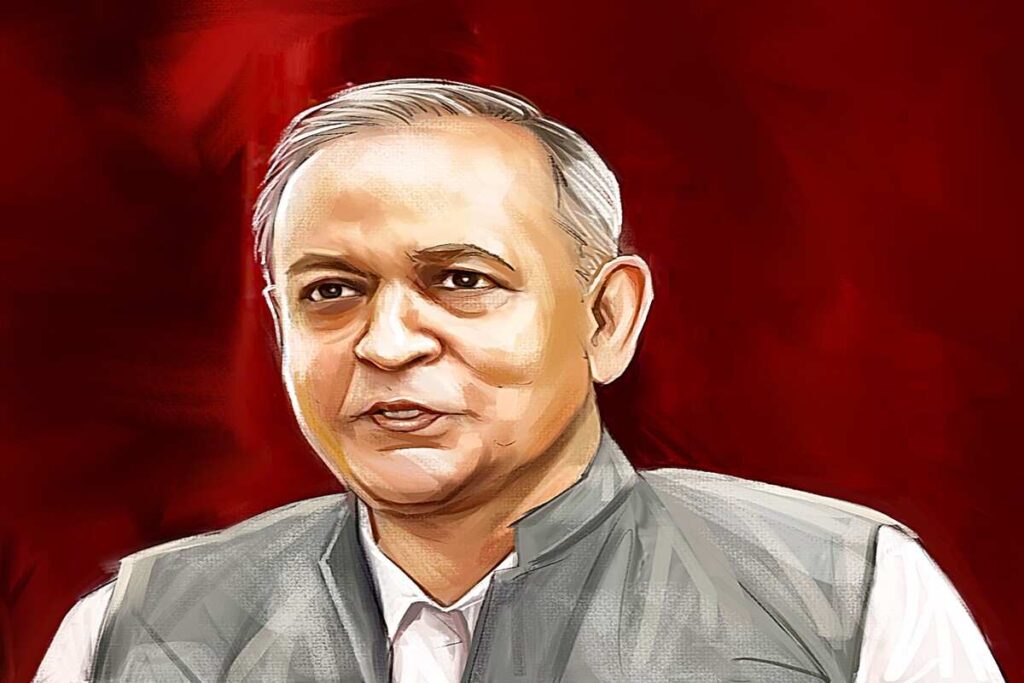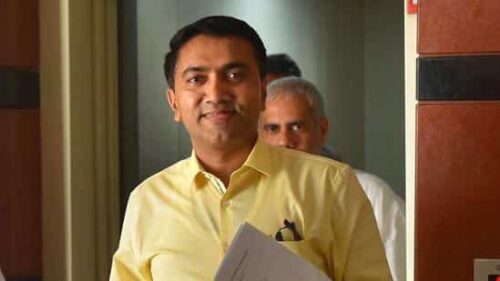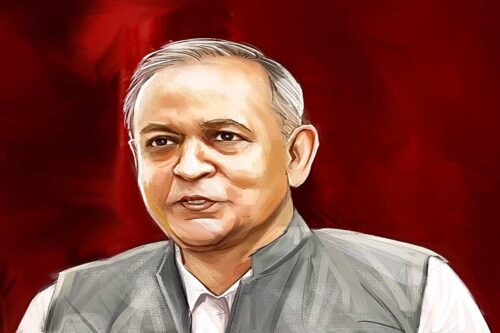While the edifice of short-term skilling system stands on public-private sector partnership, even the long-term training system has seen increasing partnership with the private sector.
The parliamentary panel has criticised PMKVY 1.0 and 2.0 for not meeting its targets and leaving a huge skill gap, but the government will be unveiling the third instalment of the Pradhan Mantri Kaushal Vikas Yojana this year. In replies to Ishaan Gera, Praveen Kumar, secretary, Ministry of Skill Development and Entrepreneurship, explains what PMKVY 3.0 will entail, increased role of the private sector, and the strengthening of technology backbone of India’s skill development.
Excerpts:
What is the scope and remit of PMKVY 3.0?
With an aim to empower the country’s youth and continue the journey of the Skill India Mission in building India as the skill capital of the world, the MSDE is all set to launch the third phase of its flagship scheme—PMKVY 3.0 in January 2021. Incorporating the learning set from PMKVY 1.0 and PMKVY 2.0, PMKVY 3.0 will be implemented in a more decentralised structure with greater responsibilities and support from states/UTs and districts. District Skill Committees (DSCs) under the guidance of State Skill Development Missions (SSDM) shall play a key role in addressing the skill gap and assessing demand at the district level. The new scheme will be more trainee- and learner-centric, addressing the ambitions of aspirational Bharat.
The scheme aims to benefit over 8 lakh candidates in FY21 with a budget of Rs 948.9 crore. The scheme will have two components—the central component to be implemented by the National Skill Development Corporation (NSDC), Directorate General of Training (DGT) and other agencies of central ministries, and a state component to be implemented by State Skill Development Missions (SSDMs)/respective departments of states/UTs. Skill training will be imparted under three categories, pan-India: Short-Term Training (STT), Recognition of Prior Learning (RPL), and Special Project (SP).
Is the government planning to pivot its programmes to addressing the tech skill gap?
Initiatives have already been taken to incorporate new-age technology training into both short-term and long-term training. This will be further strengthened and emphasised. Under PMKVY 3.0, job roles pertaining to skills of the future will be a key focus. Keeping in mind the uncertainty created by the pandemic, it is critical to focus on upgrading the skills of the youth and supporting them in acquiring new skill-sets. Therefore, the government will focus on skill development in job roles that will help the youth in smooth adoption of digital technology and make them relevant in the digital age. Building talent in areas such as artificial intelligence, data science and the Internet of Things will remain a priority.
There have been talks of a skills university, but skill education at elementary level has not taken off. How do you plan to address this?
Vocationalisation of secondary education has been the focus of the Ministry of Education, and, in partnership with skill ministry, institutions such as Sector Skill Councils (SSCs), around 10 lakh students get trained in around 10,000 schools in 55 job roles. However, it has been felt that this needs to be improved and expanded. Towards this end, the National Education Policy, 2020, targets phase-wise integration of vocational education programmes into mainstream education in all education institutions by exposing vocational subjects in middle and secondary school for smooth integration into higher education. It further sets a target of having at least 50% of learners exposed to vocational education through school and higher education system by 2025. One of the things being considered is to take the formal school students through four years of skill training from 9th to 12th, with each year focusing on one level of skilling on a particular job role. This way, by the time the student passes out the 12th, she will be a certified skilled person in that job role. Initially, ITIs will act as the hub for skill training, with neighbouring schools functioning as spokes. This hub-and-spoke model will be piloted in some states. This will be supplemented by experiential vocational learning from Class 6 to 8. The NEP provides that every student will take a fun course, during Grades 6-8, that gives a survey and hands-on experience of a sampling of important vocational crafts, such as carpentry, electric work, metalwork, gardening, etc, as decided by states and local communities and as mapped by local skilling needs.
Our partners under the Skill India Mission plan will collaborate with schools for providing psychometric testing along with counseling in schools. Few of the assessment agencies working in the skill ecosystem have tech-enabled psychometric tools that can be explored. For setting up of labs, specifications can be made available through SSCs and training partners (TPs) can support in actual setting up of labs.
The private sector has been doing well to formalise skilling in certain sectors like health. How can the government take this forward?
While the edifice of short-term skilling system stands on public-private sector partnership, even the long-term training system has seen increasing partnership with the private sector. SSCs are entirely private sector bodies. The government role is limited to providing the regulatory structure and funding under specific schemes. In long-term training system also, majority of ITIs are being run by the private sector. The ministry is encouraging partnership with specific ITIs, with part of training being taken up in the industry itself. We have tied up with IT majors such as Microsoft, Accenture and Adobe to strengthen skilling.
The pandemic has highlighted the need for skilled healthcare workers. In that context, we will partner with the private sector to increase our talent pool.
PMKVY 2.0 was criticised by the parliamentary panel for not meeting targets, and not addressing skill gaps. How do you plan to address this in PMKVY 3.0?
PMKVY 2.0 was launched in 2016 with an aim to train 1 crore youth by the end of 2020. As on November 30, more than 90 lakh candidates have been trained/oriented under various components of PMKVY 2.0 and the scheme is still in progress. Under PMKVY 2.0 (2016-20), the MSDE has achieved CAGR of 152% with the help of optimal capacity utilisation of training infrastructure and easing operational constraints. PMKVY 3.0 will reflect a paradigm shift in the implementation of short-term training, with the adoption of a more decentralised approach. The scheme envisages working closely with state and district machinery through SSDMs and DSCs.





